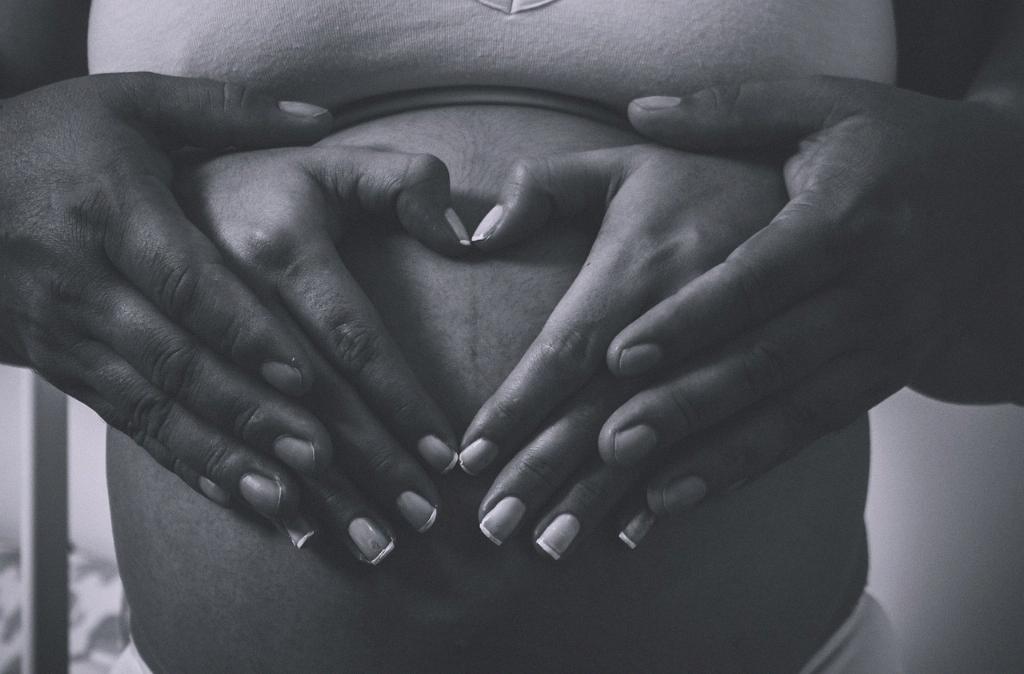One of the most common concerns for women in early pregnancy is experiencing pain and cramping. It’s important to recognize that during this period, your body is going through significant changes to accommodate the growth of a new life. As a result, it’s not uncommon to experience some discomfort in your lower abdomen.
Normal Levels of Pain and Cramping
While every woman’s experience is unique, mild cramping is considered normal in early pregnancy. This type of cramping may feel similar to menstrual cramps and can be accompanied by increased pressure in the pelvic region. These sensations are often a result of the uterus stretching and expanding to make room for the developing fetus.
What to Look Out For
It’s important to pay attention to the intensity and duration of the pain and cramping you are experiencing. Mild to moderate discomfort that comes and goes is generally not a cause for concern. However, if the pain becomes severe, persistent, or is accompanied by heavy bleeding, it’s essential to seek medical attention immediately.
Causes of Pain and Cramping
There are several factors that can contribute to pain and cramping in early pregnancy. Hormonal changes, implantation of the embryo into the uterine lining, and the stretching of ligaments to support the growing uterus are all common causes of discomfort. Additionally, constipation and gas can also lead to abdominal cramping in some cases.
Managing Pain and Discomfort
While some level of discomfort is normal, there are several ways to help alleviate pain and cramping during early pregnancy. Taking a warm bath, practicing gentle prenatal yoga, staying hydrated, and getting plenty of rest can all help ease the discomfort you may be feeling.
When to Consult Your Healthcare Provider
If you are unsure about the intensity or frequency of your pain and cramping, it’s always best to consult with your healthcare provider. They can provide reassurance and guidance based on your individual symptoms and medical history. Remember, it’s always better to be safe than sorry when it comes to the health of you and your baby.
Importance of Listening to Your Body
As you navigate the early stages of pregnancy, it’s crucial to listen to your body and trust your instincts. If something feels off or different than usual, don’t hesitate to reach out for support. Your healthcare provider is there to help address any concerns you may have and provide the necessary care and guidance throughout your pregnancy journey.
Support System and Self-Care
Building a strong support system of friends, family, and healthcare providers can provide you with the reassurance and guidance you need during this exciting but sometimes challenging time. Practicing self-care, engaging in activities that bring you joy, and maintaining open communication with your loved ones can all contribute to a healthier and more positive pregnancy experience.
Embracing the Changes
Embracing the changes your body is undergoing during pregnancy, including the occasional pain and discomfort, is an essential part of the journey to motherhood. As your baby grows and develops, your body will continue to adapt and change, preparing you for the miraculous experience of childbirth and beyond.
Final Thoughts
In conclusion, experiencing some level of pain and cramping during early pregnancy is normal and often a result of the natural processes occurring in your body. By understanding the causes of discomfort, practicing self-care, and seeking support when needed, you can navigate this transformative time with confidence and peace of mind. Remember to trust your body and instincts, and prioritize your health and well-being throughout your pregnancy.

